A visual summary of the relationships between graph types is given in [202].
Single-Evolution-History Graphs
Graphs obtained from particular evolution histories, with particular sequences of updating events. For rules with causal invariance, the ultimate causal graph is independent of the sequence of updating events.
Spatial Graph
Hypergraph whose nodes and hyperedges represent the elements and relations in our models. Update events locally rewrite this hypergraph. In the large-scale limit, the hypergraph can show features of continuous space. The hypergraph potentially represents the “instantaneous” configuration of the universe on a spacelike hypersurface. Graph distances in the hypergraph potentially approximate distances in physical space.
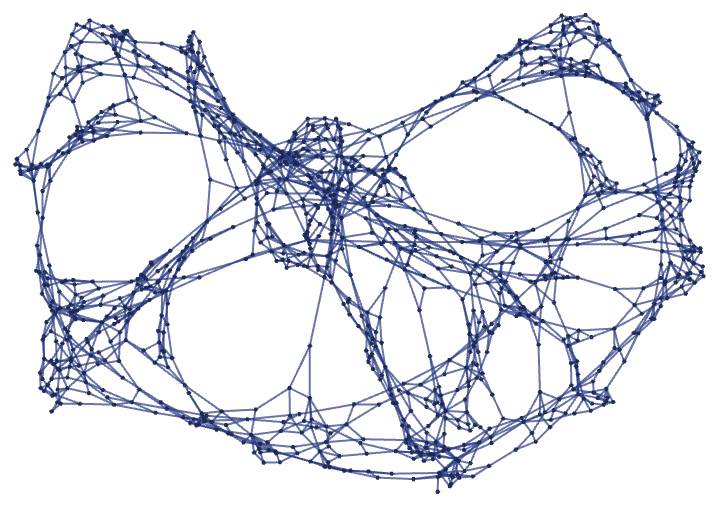
Causal Graph (“Spacetime Causal Graph”)
Graph with nodes representing updating events and edges representing their causal relationships. In causal invariant systems, the same ultimate causal graph is obtained regardless of the particular sequence of updating events. The causal graph potentially represents the causal history of the universe. Causal foliations correspond to sequences of spacelike hypersurfaces. The effect of an update event is represented by a causal cone, which potentially corresponds to a physical light cone. The translation from time units in the causal graph to lengths in the spatial graph is potentially given by the speed of light c.
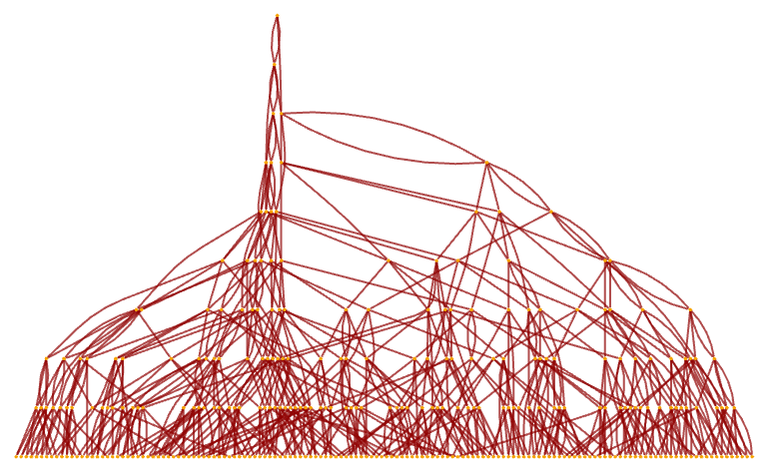
Multiway-Evolution-Related Graphs
Graphs obtained from all possible evolution histories, following every possible sequence of updating events. For rules with causal invariance, different paths in the multiway system lead to the same causal graph.
Multiway States Graph (Multiway Graph)
Graph representing all possible branches of evolution for the system. Each node represents a possible complete state of the system at a particular step. Each connection corresponds to the evolution of one state to another as a result of an updating event. The multiway graph potentially represents all possible paths of evolution in quantum mechanics. In a causal invariant system, every branching in the multiway system must ultimately reconverge.
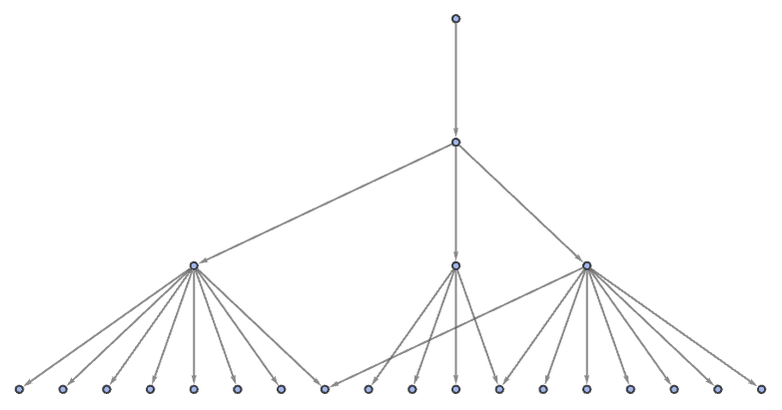
Multiway States+Causal Graph
Graph representing both all possible branches of evolution for states, and all causal relationships between updating events. Each node representing a state connects to other states via nodes representing updating events. The updating events are connected to indicate their causal relationships. The multiway states+causal graph in effect gives complete, causally annotated information on the multiway evolution.
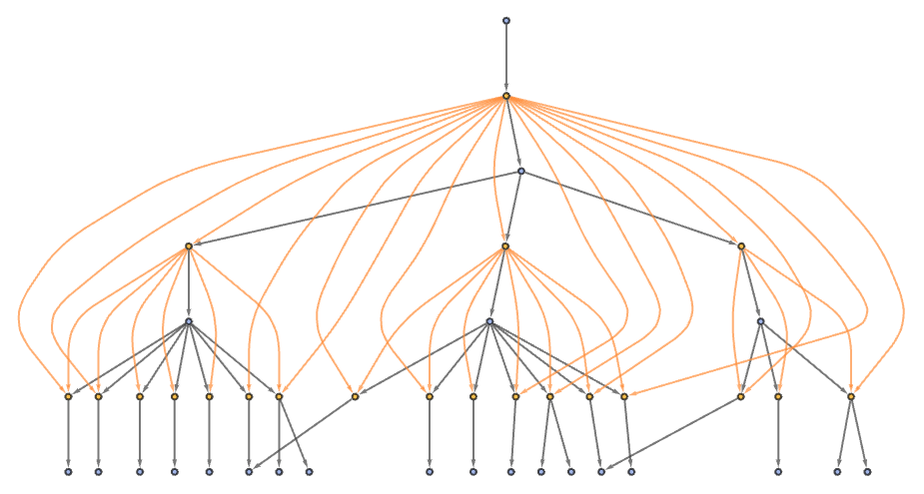
Multiway Causal Graph
Graph representing causal connections among all possible updating events that can occur in all possible paths of evolution for the system. Each node represents a possible updating event in the system. Each edge represents the causal relationship between two possible updating events. In a causal invariant system, the part of the multiway causal graph corresponding to a particular path of evolution has the same structure for all possible paths of evolution. The multiway causal graph provides the ultimate description of potentially observable behavior of our models. Its edges represent both spacelike and branchlike relationships, and can potentially represent causal relations both in spacetime and through quantum entanglement.
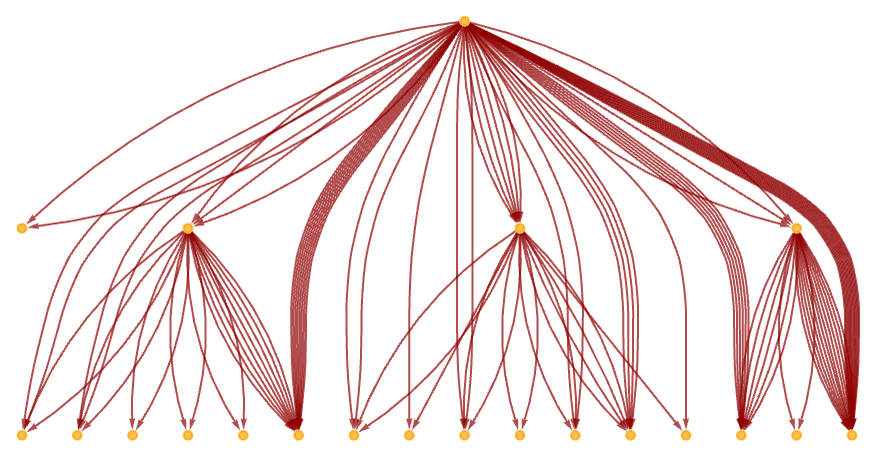
Branchial Graph
Graph representing the common ancestry of states in the multiway system. Each node represents a state of the system, and two nodes are joined if they are obtained on different branches of evolution from the same state. To define a branchial graph requires specifying a foliation of the multiway graph. The branchial graph potentially represents entanglement in the “branchial space” of quantum states.

 download pdf
download pdf  ARXIV
ARXIV peer review
peer review